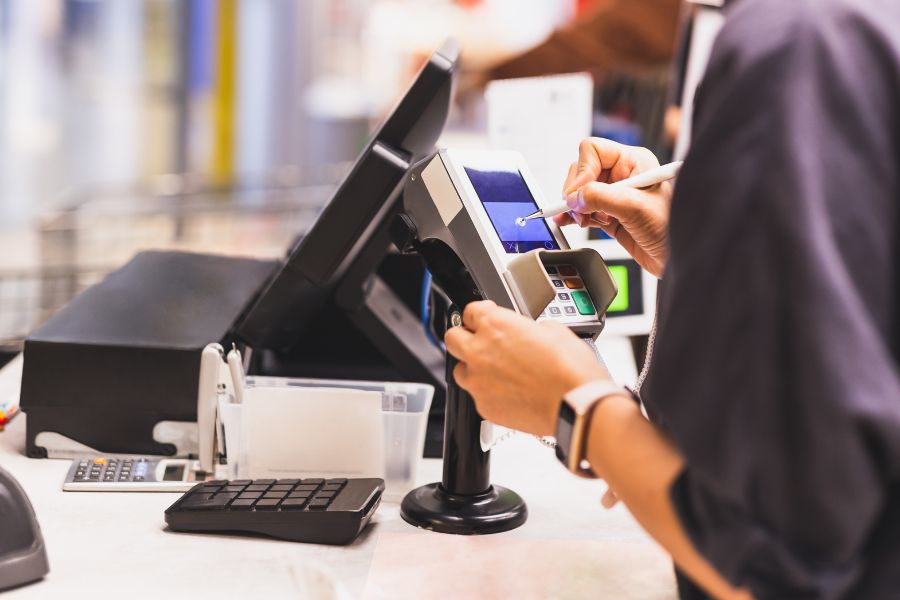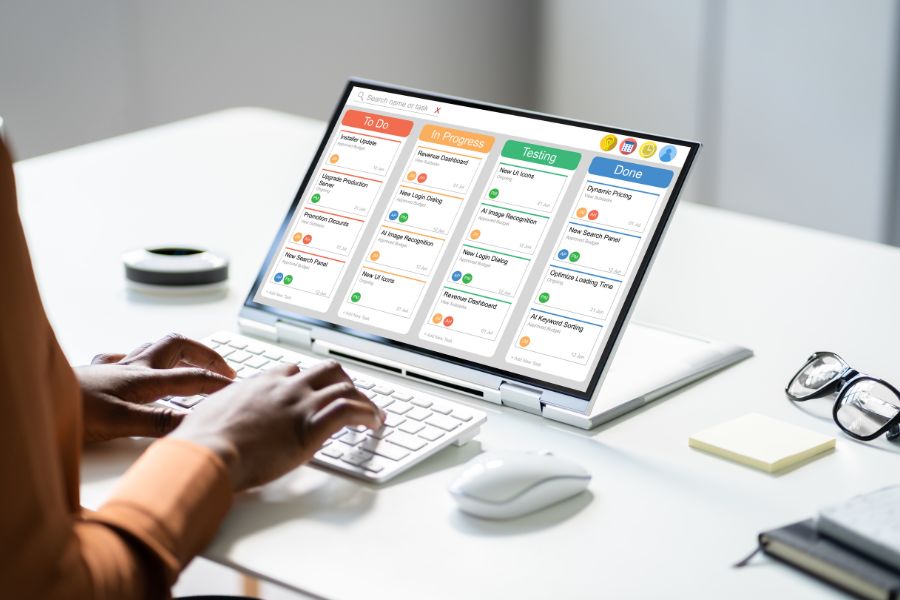Changing lifestyles drive food-service businesses, as people do not have much time to cook. They also want a tasty and nutritious meal without washing their dishes. Although the future looks very bright for the food service industry, there are no guarantees for success in this business. If you want to open a place for dining, consider these steps and some of the primary factors required how to start a restaurant.
Research market
There are three things to keep in mind while doing market research for restaurants. Improve your customer experience, know what is trending, and gain a competitive edge. In 2020, The National Restaurant Association projected that over 1 million restaurant businesses were employing roughly 15.6 million individuals. The average profit margin for a restaurant is between 3-5 %. The food industry is quite big, and it is important to get to know it thoroughly.
Write A Business Plan
A business plan lays out the foundation of your restaurant for all the operations. This should contain a summary of the company’s description, food safety plan, sample menu, marketing and management strategy, and finally a good financial plan.
Obtain Licenses and Permits
You have to register with the Internal Revenue Service, to receive your Employer Identification Number. To run a restaurant successfully, you need to take permission and license. Be consistent and adhere to your standards, and do your research on Food Safety Regulations. You may also need to take the certificate of occupancy, food service license, depending on your state and city.
Divide Your Budget
How to start a restaurant also depends on your budget. Whether you are franchising, partnering or going solo, starting a restaurant isn’t cheap. Your budget will cover equipment and technology, which can be the most expensive. You also need money to get the permits and license, market your restaurant, pay salaries for your employees and rental fees. In addition, inventory management is also something that you should spend money on, for example, to hire a third-party logistics or pay for equipment needed.
Find Suppliers
First, you have to decide what kind of restaurant you want to open, such as a steakhouse, fast food, family-style dining, pizzeria, coffeehouse, etc. Depending on that, you can get a fresh food supply from various suppliers. As the restaurant supply chain technology is evolving, they may overlap with one another too. You can get fresh supply from wholesale food suppliers, farmers, local food markets, organic suppliers, or meat directly from butchers.
Create Potential Sales Channels
Customers are expecting technological supports in their dining experience, and 95% of restaurateurs agree that technology increases business efficiency. Potential sales can include an online ordering system, inventory management software, contactless payment, curbside pick-up, take away, cloud-based point-of-sale system, etc. By choosing to combine these modes of sales effectively, your business’s revenue can potentially grow.
Build Marketing Plans
Your marketing plans should prioritize the channels, where you have more potential to engage with your targeted customers. Marketing activities should be on a daily and weekly basis through social media, radio and print advertising, email marketing, SMS marketing services, etc. Regardless of the media, you should try using your visuals and voice in your marketing. A small event or recommendations from family/ friends can also be a good way to promote your restaurant.
Bottom Line
For many people, starting a restaurant and serving people is like a dream come true. During this process, make sure to monitor your profit, inventory and feedback, in order to run your restaurant successfully and build a loyal customer base.
ConnectPOS offers various technological solutions for restaurants, ranging from a point-of-sale system to loyalty program management. If you are wondering about how to start a restaurant and need help, don’t hesitate to contact us.
ConnectPOS is a all-in-one point of sale solution tailored to meet your eCommerce POS needs, streamline business operations, boost sales, and enhance customer experience in diverse industries. We offer custom POS with features, pricing, and plans to suit your unique business requirements.




